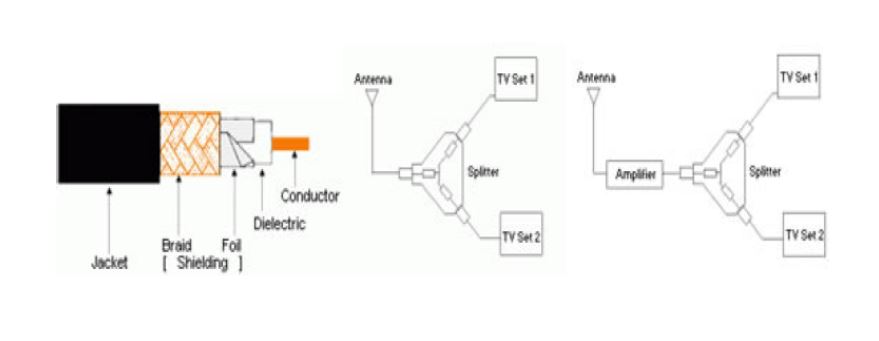Television Reception Guide
The following steps below are intended to be an informative guide to terrestrial television reception. It is highly recommended that you contact an antenna professional for the proper installation of a terrestrial TV antenna system.
- Locating the relay stations
The first step in planning a television antenna installation is to find out the location of the transmitting station intended for your area. MCML has a national network of stations that covers all the populated regions of the island. Television signals, especially UHF signals travel in straight lines and are obstructed by major obstacles in the landscape such as mountains and tall buildings. Table 1 below is a guide for locating the appropriate relay station covering your region.

- Frequency Bands for Terrestrial Television broadcasting
The next step is to determine the radio frequency band that is used by your relay station for broadcasting. The band of frequencies used by your station will be an important factor to choose the right type of antenna.
- Antenna placement and positioning
The antenna should be placed in a location where maximum signal strength is obtained.
- The antenna must be pointed towards the relay station
- The antenna should be mounted horizontally for all relay stations except for Le Morne & Pte Jerome where the antenna should be in a vertical polarization position.
- The antenna should be installed clear of obstacles for example buildings, walls, trees, etc. for good reception.
- Multiple antennas should not be stacked on a single stand-off pole close to each other. Maintain a distance of at least 50 cm between them.
- Cabling and distribution
A low loss coaxial cable (impedance of 75 ohms) is recommended for distributing the signal to the receiver. For distributing the signal to more than one television set, a splitter may be used, however a distribution amplifier may be required if the received signal is low

- Maintenance of Antenna System
The antenna installation must be inspected from time to time to detect signs of corrosion or damage. Bad weather conditions, like rain and strong winds can decrease the lifetime of the antenna and cabling.